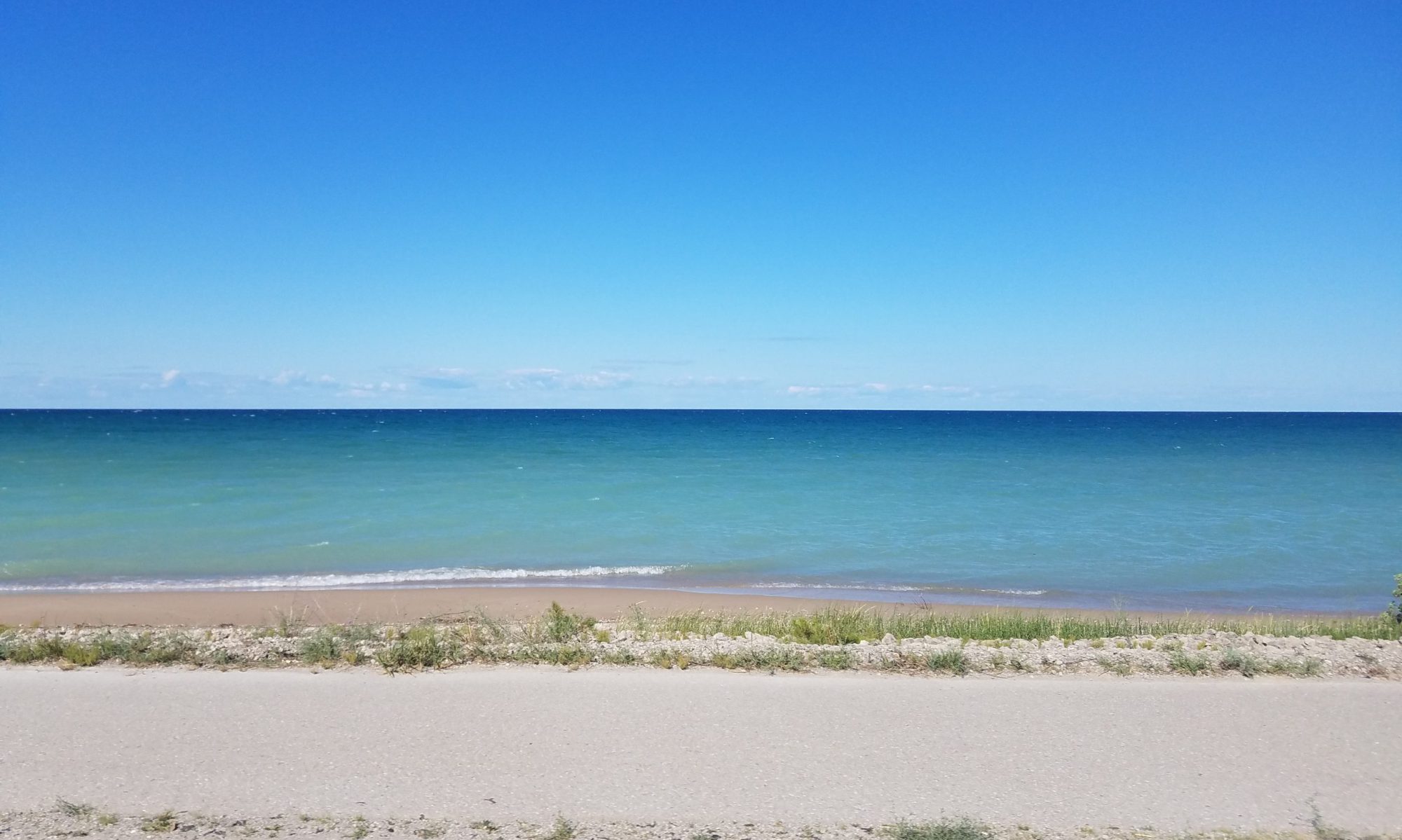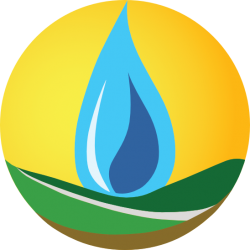 Research Interests
Research Interests
My research has focused on regional-scale landscape hydrology, examining the terrestrial hydrologic cycle and its relationship to climate, vegetation and biogeochemical cycles. I c0-developed the Landscape Hydrology Model (LHM), an integrated modeling tool to study large-scale, fine-resolution hydrologic processes using modest computational tools. Partly due to the challenge of providing fine-resolution inputs at regional scales, and because of the importance of the questions at those scales I have become involved in all aspects of “big data” discovery, processing, and analysis. This includes using machine learning algorithms to yield insights into environmental phenomena and to better prepare inputs for process-based models. I am also (as my photo suggests) actively involved in field data collection, and view this as a critical and foundational aspect of hydrologic sciences.
I have spent most of my research career as part of large, interdisciplinary research teams, working at all levels from undergraduate to Co-PI. Along the way I developed a deep appreciation of the value of interdisciplinary research, and a recognition that most of society’s great questions lie not within the walls of a discipline, but at their intersections. In the last few years I and other members of the Hydrogeology Lab have built strong collaborations with climate scientists, ecologists, agronomists, socio-behavioral scientists, economists, and engineers. These collaborative relationships are driving forward the next generation of research here at MSU and around the world.
Education
- PhD 2009, Michigan State University, Environmental Geosciences
Thesis: Predicting the Impacts of Land Use and Climate Change on Regional-Scale Hydrologic Fluxes
Advisor: Dr. David W. Hyndman - BS 2004, Michigan State University, Mechanical Engineering
- BS 2004, Michigan State University, Astronomy/Astrophysics
Recent Publications
- Deines J.M., Kendall A.D., Hyndman D.W. (2017), Annual irrigation dynamics in the US Northern High Plains derived from Landsat satellite data, Geophysical Research Letters. Early View Available, DOI: 10.1002/2017GL074071
- Hyndman, D.W., T.Xu, J.M. Deines, G. Cao, R. Nagelkirk, A. Vina, W. McConnell, B. Basso, A.D. Kendall, S. Li, L. Luo, F. Lupi, J.A. Winkler, W. Yang, C. Zheng, and J. Liu, (2017), Quantifying changes in water use and groundwater availability in a megacity using novel integrated systems modeling. Geophysical Research Letters. Early View Available, DOI: 10.1002/2017GL074429
- Cotterman, K.A., Kendall, A.D., Basso, B., and D.W. Hyndman, (2017), Groundwater Depletion and Climate Change: Crop Production Declines over the Ogallala Aquifer, Climatic Change: accepted, DOI: 10.1007/s10584-017-1947-7
- Luscz, E.C., Kendall, A.D., and D.W. Hyndman, (2017), A spatially explicit statistical model to quantify nutrient sources, pathways, and delivery at the regional scale, Biogeochemistry: 133(1), 37-57, DOI: 10.1007/s10533-017-0305-1
- Martin, S.L., Hayes, D.B., Kendall, A.D., and D.W. Hyndman, (2017), The land-use legacy effect: Towards a mechanistic understanding of time-lagged water quality responses to land use/cover, Science of the Total Environment 579: 1794-1803, DOI: 10.1016/j.scitotenv.2016.11.158

